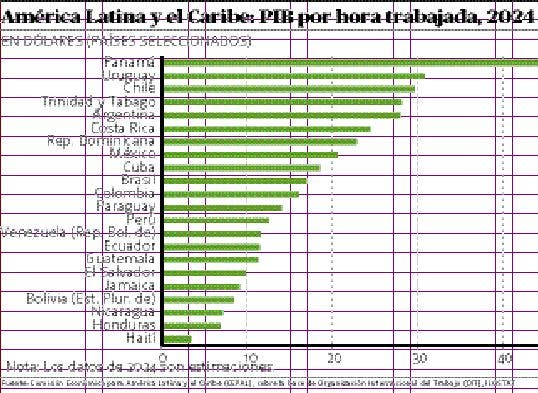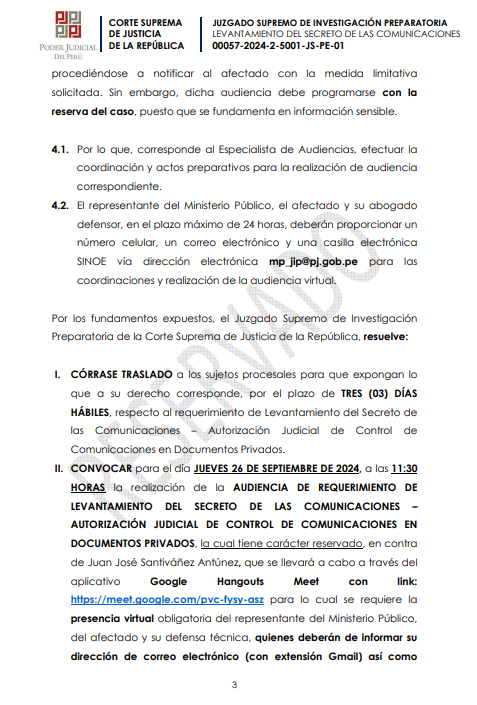If the current trend continues, in a few years the Dominican Republic will compete with Costa Rica and Uruguay to get closer to Panama.
If the current trend continues, in a few years the Dominican Republic will compete with Costa Rica and Uruguay to be the country closest to the king of labor productivity in the region: Panama.
This is because although according to ECLAC calculations, currently Chile, Trinidad and Tobago and Argentina are above Costa Rica, Dominican Republic In terms of productivity, the speed at which productivity is increasing in these countries is lower than the speed at which it is increasing in the Dominican Republic, Costa Rica and Uruguay; While – according to ECLAC calculations – for the period between 2005 and 2024, labour productivity in these countries increased by more than 50%, in Chile it increased by 35%, in Trinidad and Tobago by 18% and in Argentina by only 15%. And as in any race, “those in front do not go far if those behind run well”.
Currently, Panama’s labor productivity is unbeatable: at $45 per hour worked, Uruguay’s is over $30, Chile’s is over $29, Trinidad and Tobago’s is over $28, Argentina’s is around $28, and Costa Rica’s is close to $24.
The Dominican Republic’s productivity is around $23, but labor productivity growth in the country was over 50% between 2005 and 2024, second only to the productivity growth of Panama and Costa Rica.
In the case of Panama, as we have already indicated, the growth of its productivity continues to be a cause for astonishment: it exceeds 151% in the indicated period, which gives it an advantage that is difficult to achieve.
Below the Dominican Republic in terms of labor productivity are countries such as Mexico (21 dollars per hour worked), Cuba (18 dollars), Brazil and Colombia (17 dollars), Paraguay (14 dollars), Peru (12 dollars), Ecuador and Guatemala (11 dollars), El Salvador and Jamaica (9 dollars).
In its efforts to compete in competitiveness, the Dominican Republic could gain an advantage by learning a lesson from a weakness present in Latin America, which the country is not immune to: that its achievements in competitiveness have been limited to intra-sector improvements that have contributed to boosting labor productivity.
In default, according to ECLAC, there has not been an effective reallocation of resources between sectors.
He also regrets that in the region, “the contribution of this effect to labour productivity has been relatively small, and has even been negative in the period 2014-2021.”
“Productivity growth in Latin America and the Caribbean has been driven primarily by improvements in sectors, such as increases in physical or human capital, technological advances, and the elimination of low-productivity companies to make way for more efficient ones. Ideally, it would be beneficial for intra-sectoral improvements and positive reallocation of resources to occur simultaneously. Only in this way could a more permanent, less fluctuating productivity growth be promoted, with higher levels of productive linkages and more benefits for the entire economy and society.”

















